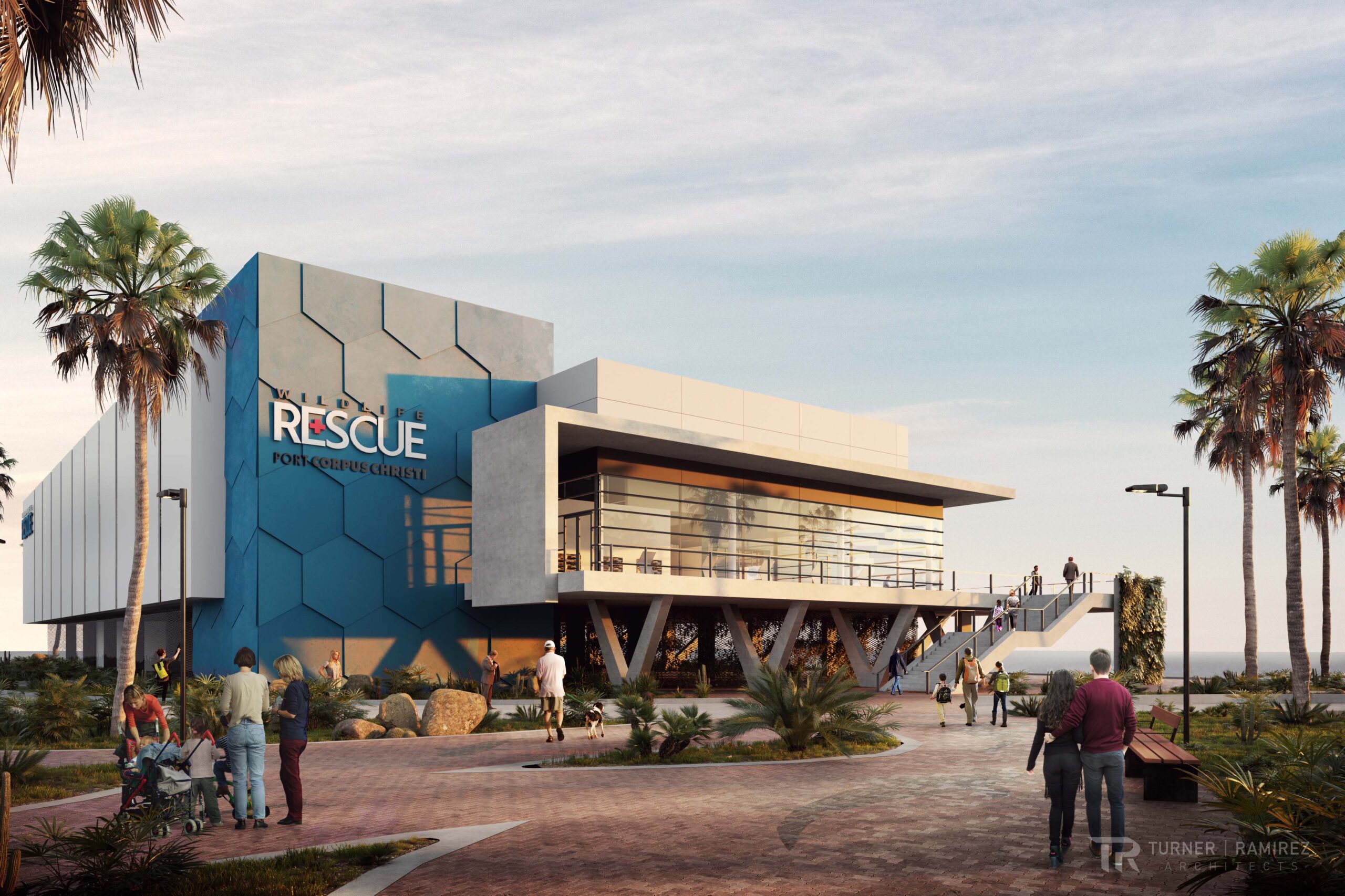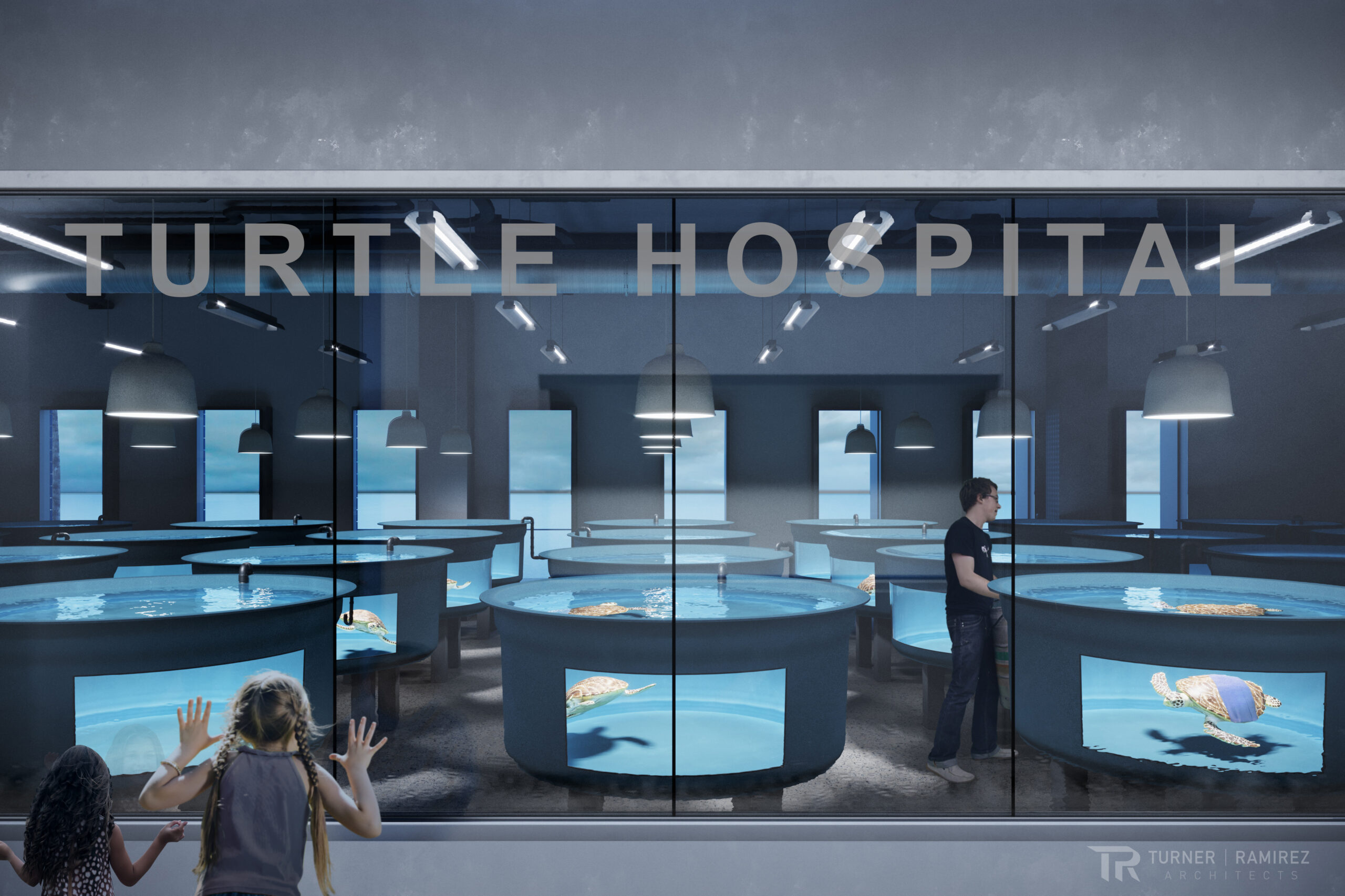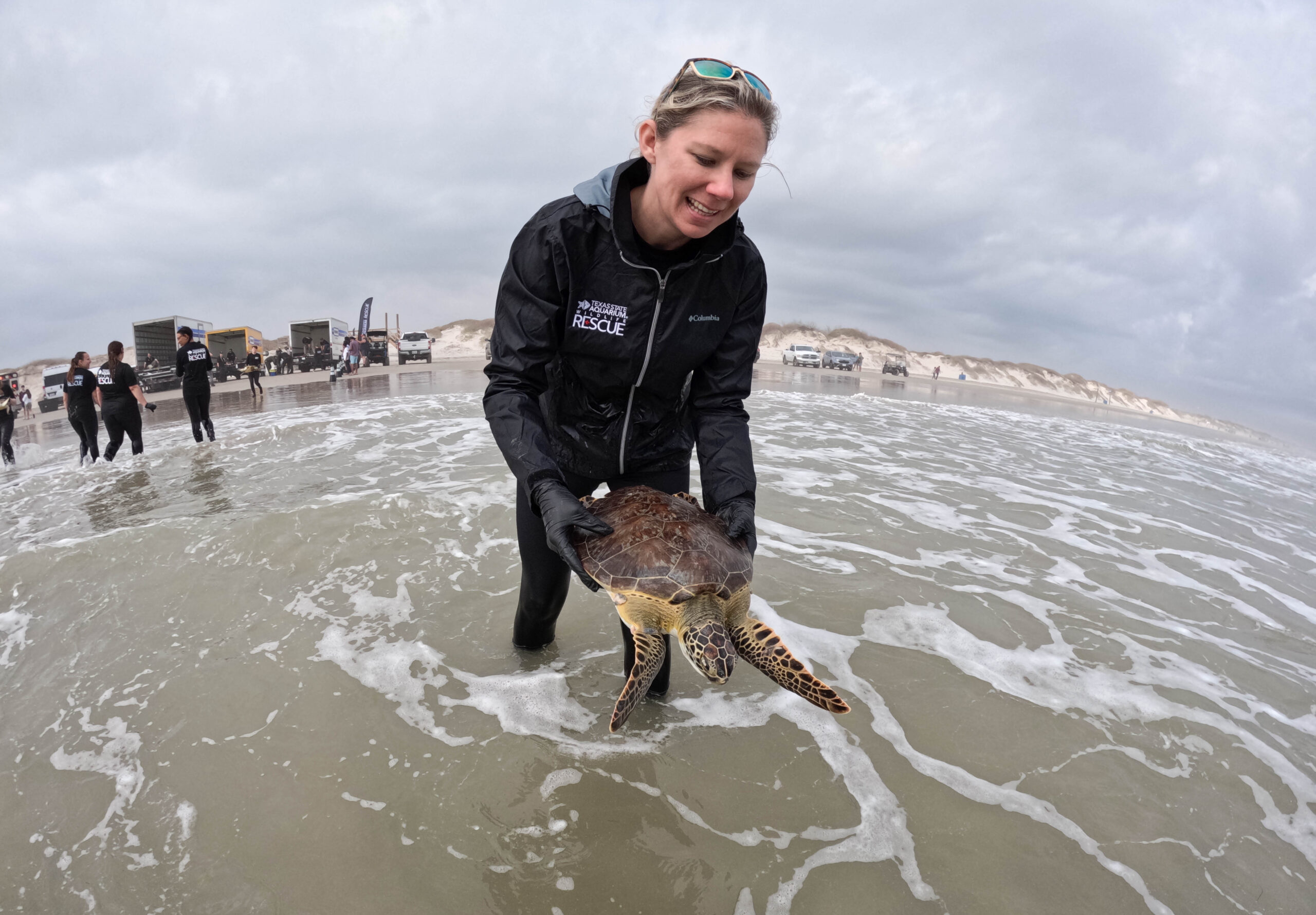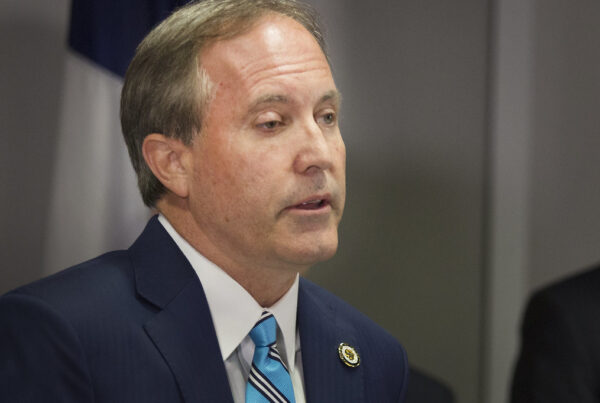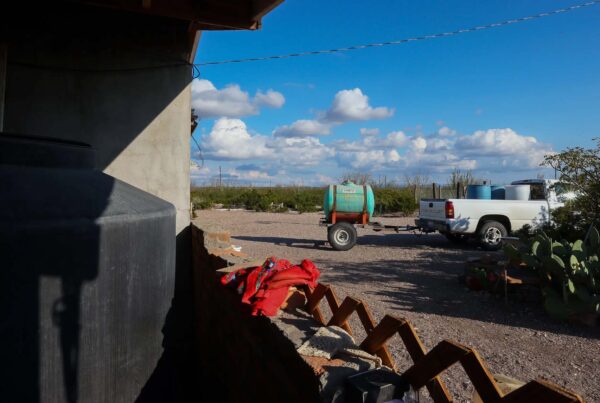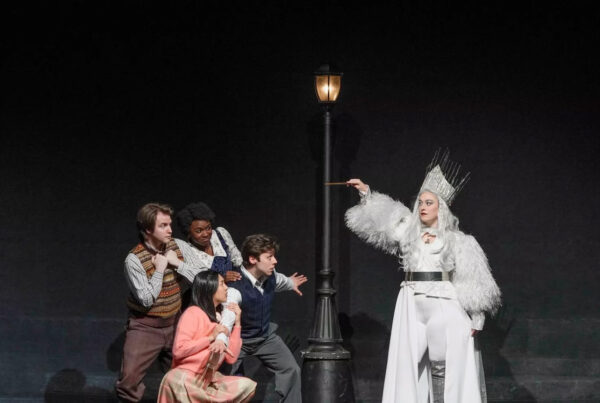Next month, the Texas State Aquarium in Corpus Christi will unveil what will be the largest coastal wildlife rescue facility in the Lone Star State – and one of the biggest in the country.
The Port of Corpus Christi Center for Wildlife Rescue will feature state-of-the-art veterinary equipment and the only CAT scan used for wildlife in Texas, as well many other amenities. It will also be the only Texas wildlife rescue facility permitted to treat marine mammals, raptors, shorebirds and sea turtles.
Jesse Gilbert, president and CEO of the Texas State Aquarium, joined the Standard to talk about the new facility and what it means for conservation efforts in the Lone Star State. Listen to the story above or read the transcript below.
This transcript has been edited lightly for clarity:
Texas Standard: How long has this been in the works, and what exactly does it mean to now be the largest coastal wildlife rescue facility in Texas?
Jesse Gilbert: So our wildlife rescue program at the aquarium started almost 30 years ago, and we’ve been operating, and it’s been growing and growing. Winter Storm Uri actually was kind of the catalyst that we needed something really big. We had about 1,600 sea turtles at one time during that storm. And so this project’s been under design and under construction for about 18 months now, ready to open at the beginning of March. And it will be the largest coastal wildlife rescue center in the state, one of the largest in the country. And it’s capable of saving sea turtles, shorebirds, birds of prey, manatees and dolphins. So it’s a pretty unique complex, and we’re excited to have it.
» RELATED: As temps fell, volunteers rescued nearly 5,000 stunned sea turtles on South Padre Island
So just to be clear, part of your mission here has been wildlife rescue going way back. But this new facility gives you new opportunities to help more patients?
It gives us a tremendous opportunity. One is to help more patients – bring more patients into the program. We will have the capacity to hold anywhere between 3,000 to 4,000 sea turtles at one time. But on top of that, it’s all the technology that’s in the building. So we’ll have the only CAT scan – like you would see in a human hospital – we’ll have only one for wildlife in Texas. And so there’s a lot that goes into the medical side of that, but what that means from a research and a conservation standpoint … I think the most exciting piece is all of this work that we’ve been doing for the last 20, 30 years has been behind the scenes. And now guests will be able to see it live as it’s happening.


